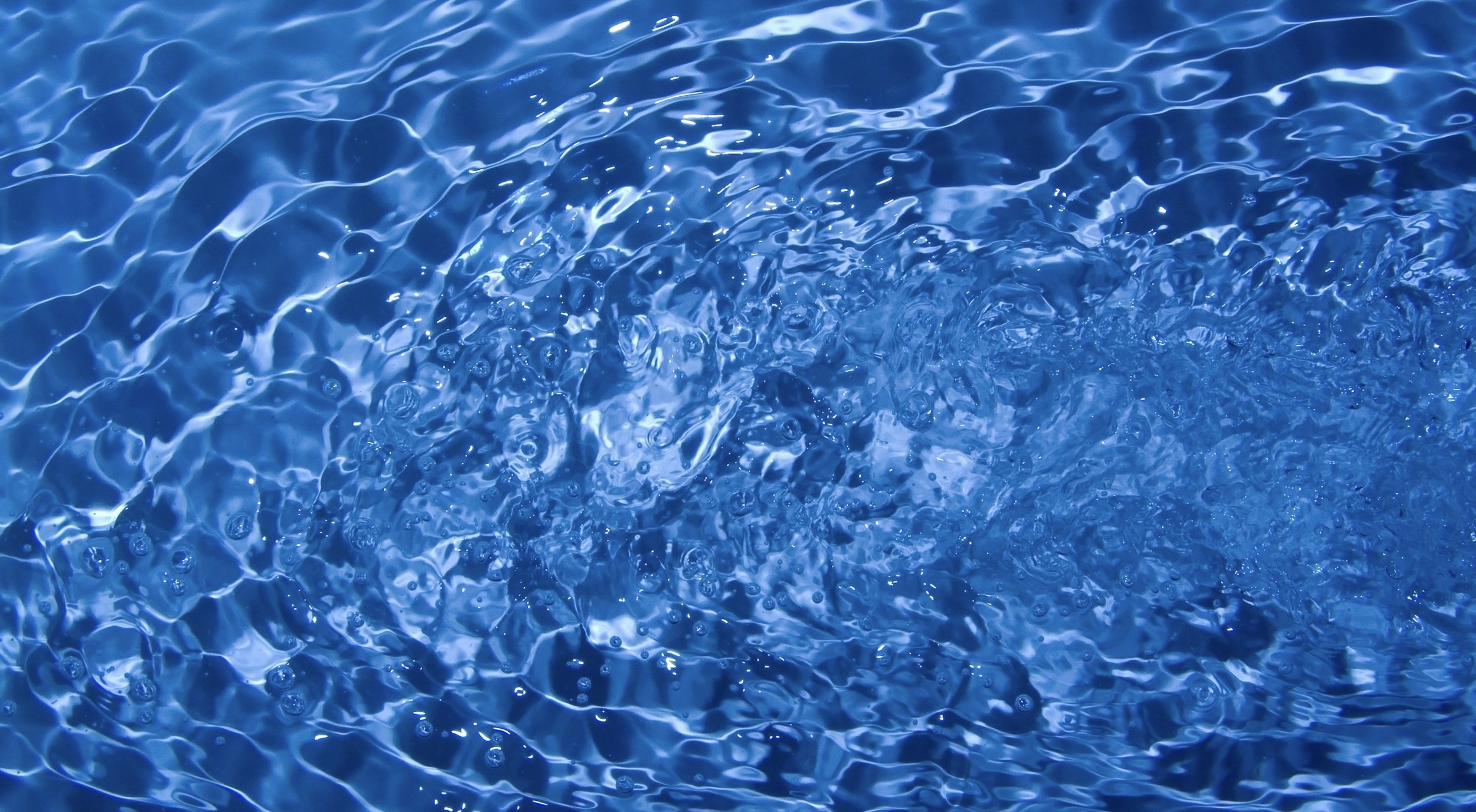
Let’s find new ways to find water

We design, develop, and distribute technologies for drinking water extracted from air.
What is an
atmospheric water generator ?
An atmospheric water generator (AWG) is any machine that extracts water from the ambient air. ‘RH%’ also known as the Percentage of Relative Humidity is the measure of that water in the ambient air. Most people in the world live in environments that are at least RH50%.
Water vapor in the air can be extracted by condensation – cooling the air below its dew point, exposing the air to desiccants, or pressurizing the air. Unlike a dehumidifier, an AWG is designed to render the water drinkable using filters and ultraviolet light rays.
AWGs are useful where pure drinking water is difficult or impossible to obtain, because there is almost always a small amount of water in the air that can be extracted. The two primary techniques in use are cooling and desiccants..
The rate at which water can be produced depends on relative humidity and ambient air temperature and the size of the compressor. Atmospheric water generators become more effective as relative humidity and air temperature increase. As a rule of thumb, cooling condensation atmospheric water generators do not work efficiently when the temperature falls below 18.3°C (65°F) or the relative humidity drops below 30%. This means they are relatively inefficient when located inside air-conditioned offices. The cost-effectiveness of an AWG depends on the capacity of the machine, local humidity and temperature conditions, and the cost to power the unit.
Many atmospheric water generators operate in a manner very similar to that of a dehumidifier: air is moved over a cooled coil, causing water to condense. The rate of water production depends on the ambient temperature, humidity, the volume of air passing over the coil, and the machine’s capacity to cool the coil. In a cooling condensation type atmospheric water generator, a compressor circulates refrigerant through a condenser and then an evaporator coil which cools the air surrounding it. This lowers the air temperature to its dew point, causing water to condense. A controlled-speed fan pushes filtered air over the coil. The resulting water is then passed into a holding tank with a purification and filtration system to help keep the water pure and reduce the risk posed by viruses and bacteria which may be collected from the ambient air on the evaporator coil by the condensing water.





